Nestled in the northern Midwest United States, Ohio, often called the Buckeye State, is home to a fascinating array of spiders. As you plan your exploration, it’s crucial to be aware of the diverse spider species thriving in the region, from harmless ones to those with neurotoxic venom. From sizable huntsman spiders to diminutive jumping spiders, the spider population of Ohio adds an intriguing dimension to the state’s rich natural heritage.
Table of Contents
Black Widow
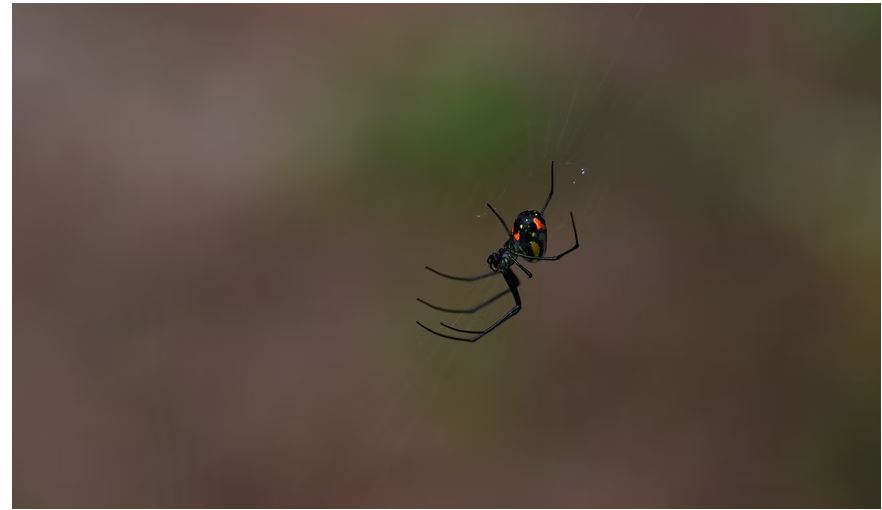
The black widow spider, a common species in the region, features females growing up to 10 millimeters, with smaller male counterparts possessing distinctive longer legs. Recognizable by the red-shaped hourglass mark on their abdomen, these spiders carry venom 15 times stronger than that of rattlesnakes, posing potential dangers, especially for individuals with weakened immunity.
European Garden Spider

Another prevalent species, the European Garden spider, belongs to the orb web spiders family. Found in various Ohio regions, these spiders, with adult females reaching 20 millimeters, exhibit mottled white markings and construct webs for prey capture, their venom, while present, poses minimal threat to humans.
Read more: Dangerous animals in Ohio
Black Lace Weaver
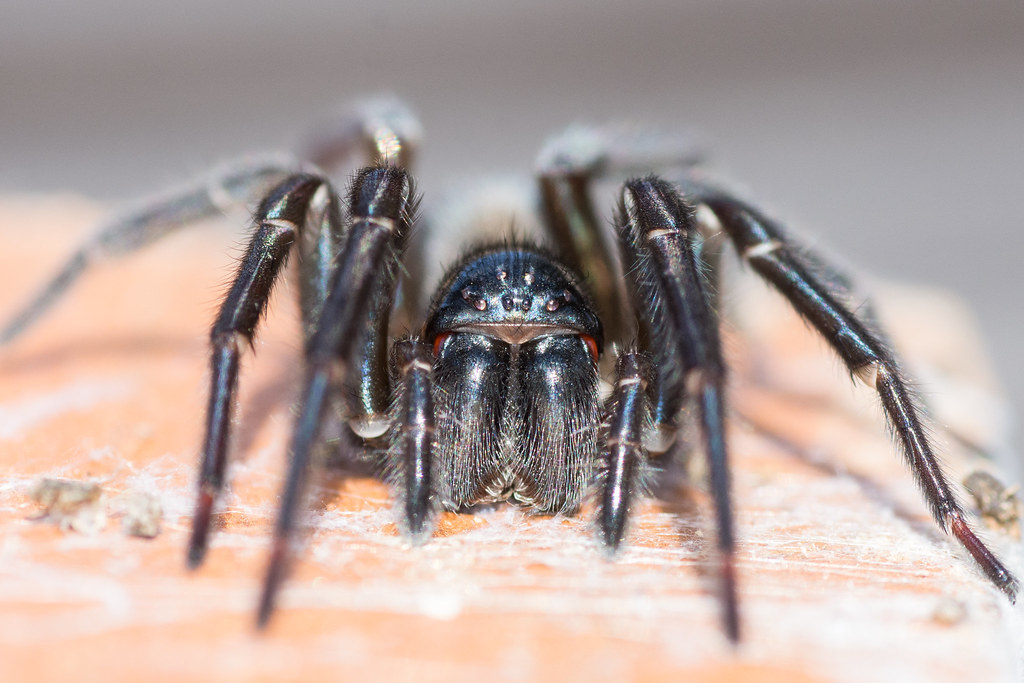
The black lace weaver spider, native to Europe but present in the eastern U.S., including Ohio, features females reaching 16 millimeters, preferring damp habitats. Despite their venomous bites, these spiders pose no major threat to humans.
Mediterranean Recluse
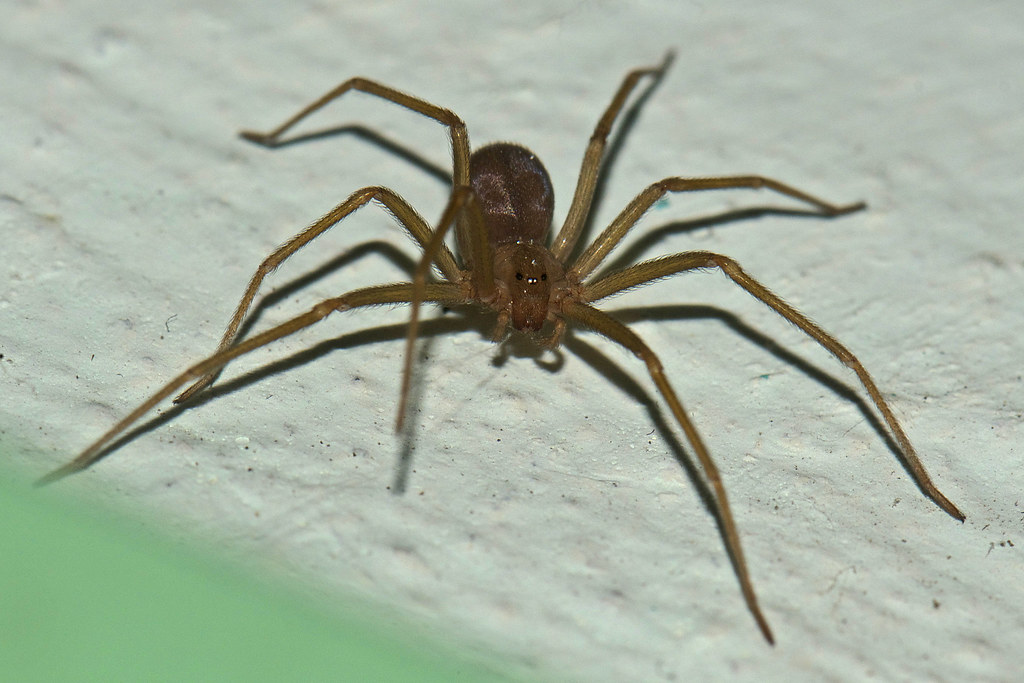
Ohio is also home to the Mediterranean recluse, an invasive and highly venomous species of spiders. Growing up to 8 millimeters, these spiders carry neurotoxins that can lead to fatalities, particularly for immunocompromised individuals. Recognizable by a violin-shaped marking on the cephalothorax, these spiders exhibit distinctive symptoms upon bites, including nausea, swelling, and skin necrosis.
Striped Fishing Spider
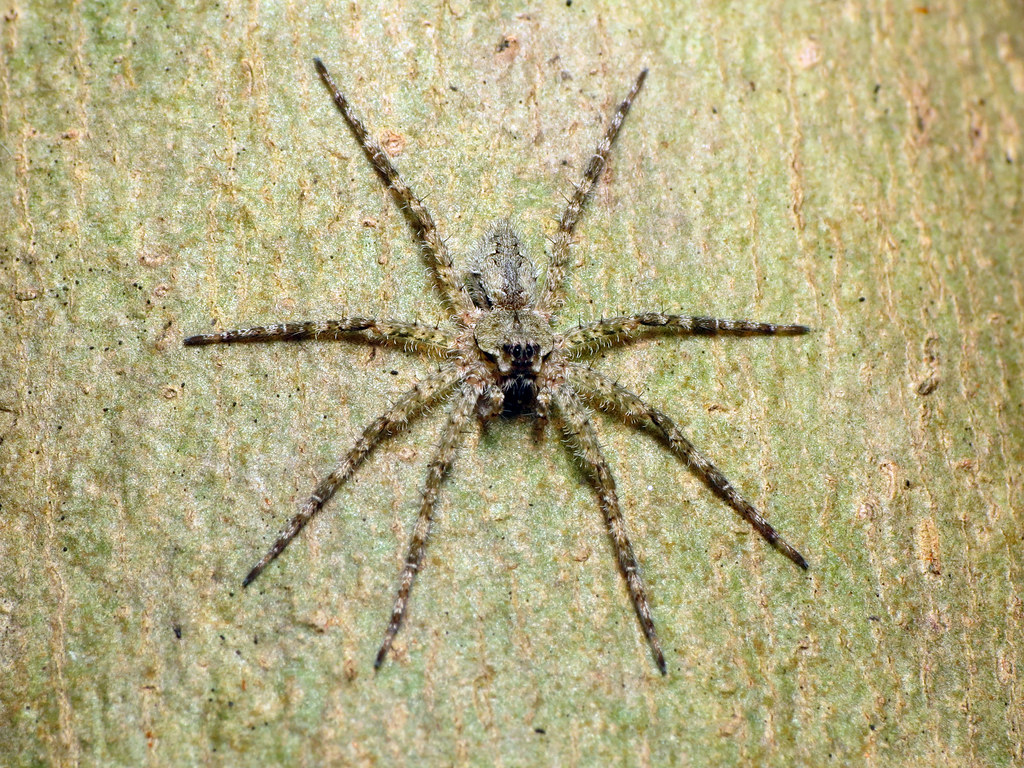
The striped fishing spider is a common species in the state of Ohio, thriving in wetlands such as ponds, lakes, rivers, and dams. Adult females can reach up to 30 millimeters, displaying a thick tan or white stripe on both sides of the body, with W-shaped markings on the abdomen. Grey to tan in color, these semiaquatic spiders are impeccable hunters, using speed and precision to attack prey without relying on webs. Their ability to run on water at remarkable speeds adds to the uniqueness of this Ohio spider species.
Tiger Wolf Spider

The tiger wolf spider, a common species in Ohio, is known by various names such as woodland giant wolf spider and speckled wolf spider. Distributed across the United States, it’s a familiar sight in different areas around the state. Adult females can grow up to 25 millimeters, with distinctive yellow lines between their eyes and dark grey abdomens. Thriving in forested areas, these spiders don’t use webs for prey capture but rely on impeccable hunting skills, lying in wait before ambushing and consuming prey. While their venom poses minimal danger to humans, caution is advisable.
Huntsman Spider
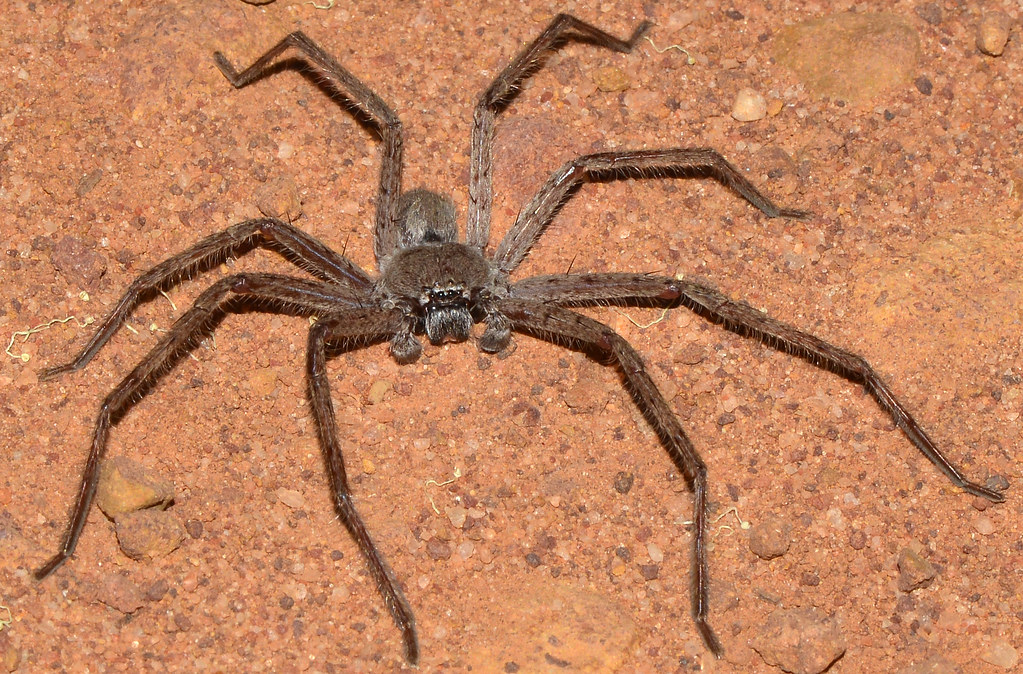
The huntsman spider, also known as the giant crab spider or cane spider, is one of Ohio’s largest spiders. Thriving in subtropical regions worldwide, the female can reach 25 millimeters, surpassing the size of males. Recognizable by their tan or light brown color with markings, these spiders are active hunters, especially at night. Unlike web-building spiders, they attack prey directly, delivering potent venom that paralyzes and allows for immediate consumption.
Garden Ghost Spider
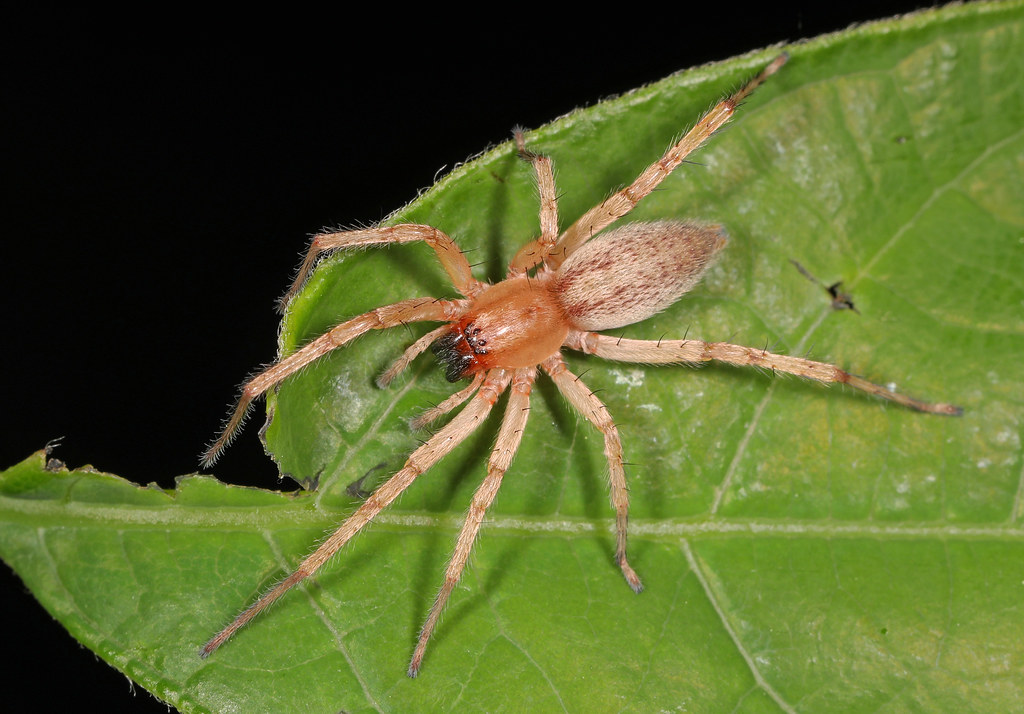
In Ohio, the garden ghost spider, belonging to the ghost spider family, thrives in gardens and farmlands. Native to the eastern United States and parts of Canada, these spiders grow up to 12 millimeters for females. With thin, long abdomens and a translucent appearance, they hide during the day and emerge at night for hunting. Not using webs for prey capture, they rely on speed and agility, injecting venom upon attack. Bites may result in redness, pain, and swelling.
Tan Jumping Spider
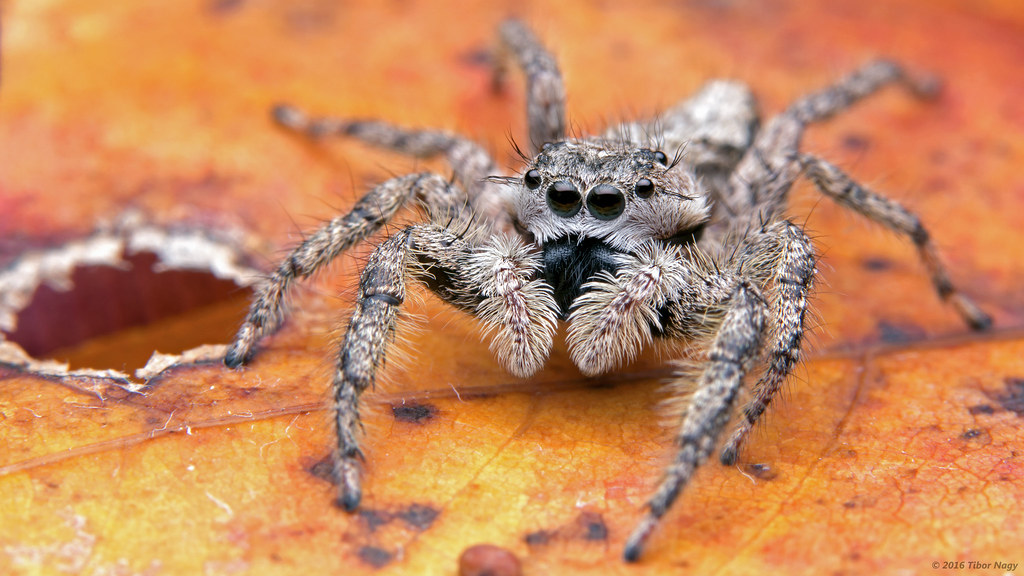
The tan jumping spider, part of the jumping spider family, inhabits various Ohio habitats. Found in the eastern United States and parts of Canada, females can grow up to 13 millimeters, while males measure up to 10 millimeters. Primarily tan, they may also have brown, grey, or dark grey coloring with V-shaped markings. Not reliant on webs, they employ an ambush technique, waiting to pounce and consume prey with impressive jumping abilities.
Barn Funnel Weaver
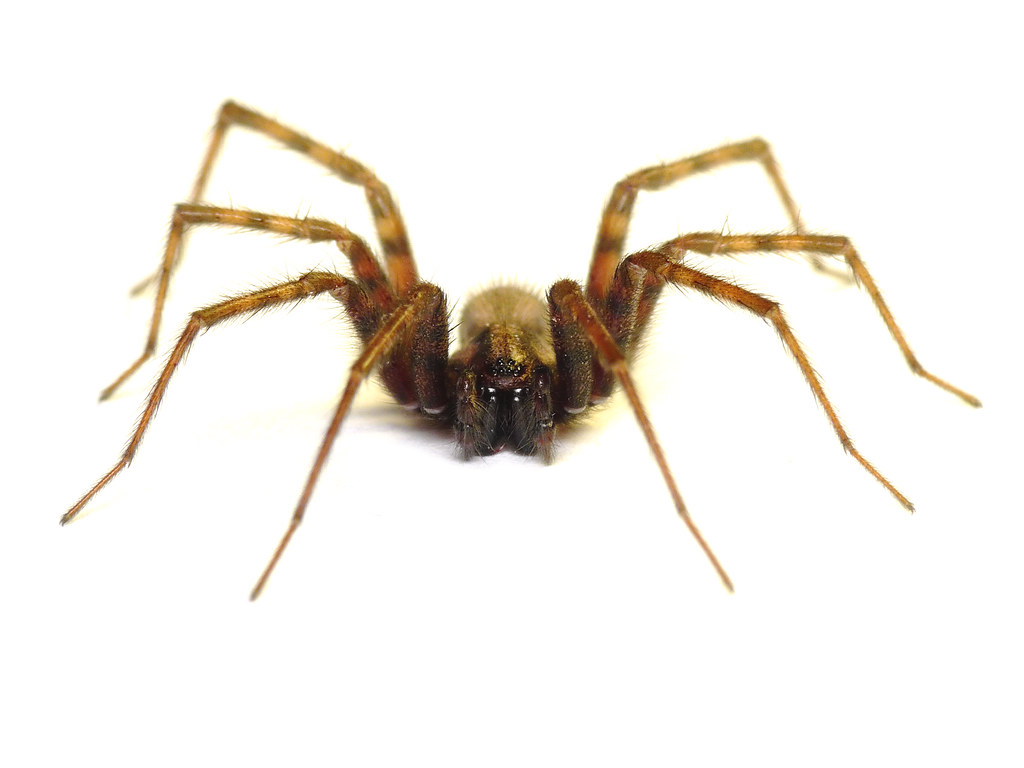
The barn funnel weaver spider, also known as house spiders, is renowned for building funnel-shaped webs to capture prey. In Ohio, females can reach up to 11.50 millimeters, with males slightly smaller. Featuring a flat cephalothorax and proportional legs, these spiders come in brown, beige, and dark orange with dulled black stripes. Not aggressive towards humans, encountering them during your trip should not cause concern.
Hammock Spider
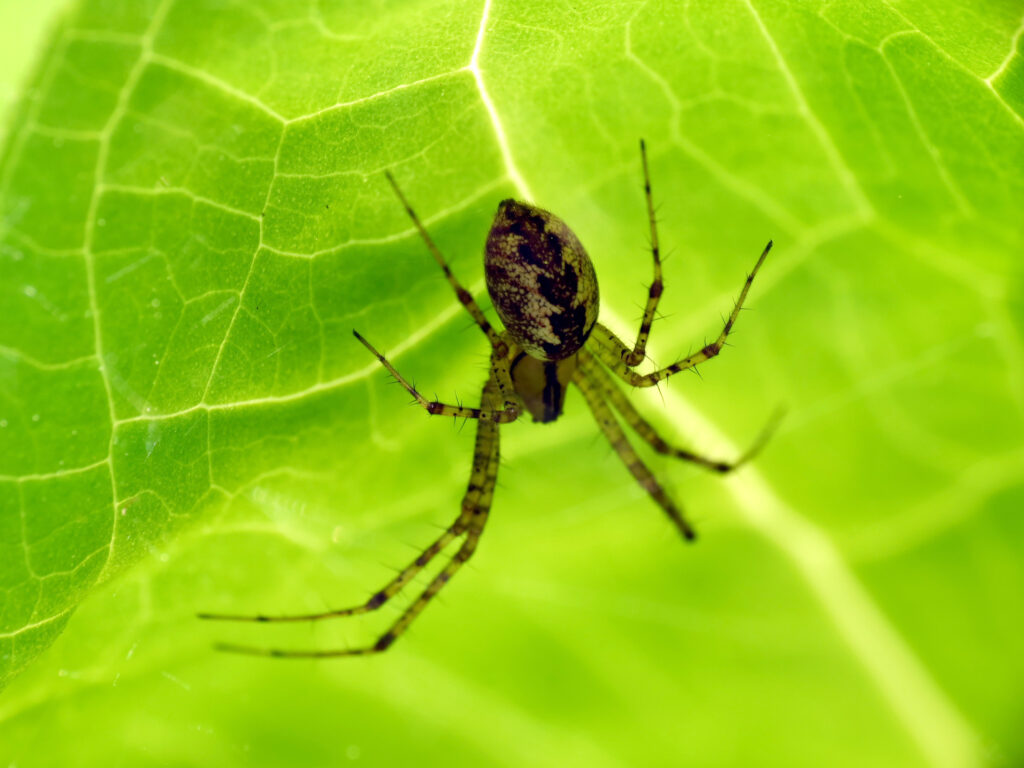
Belonging to the sheet web spider family, the hammock spider is found in the eastern United States and Canada. Adult females can grow up to 7 millimeters, larger than their male counterparts. Caution is advised during exploration, as their bites can be dangerous. Predominantly grey-brown or beige with a black or dark brown line on the carapace, these spiders build hammock-shaped webs for prey capture. Fortunately, their bites do not have major side effects on humans.
_______________
Check out the spiders in other US states:

